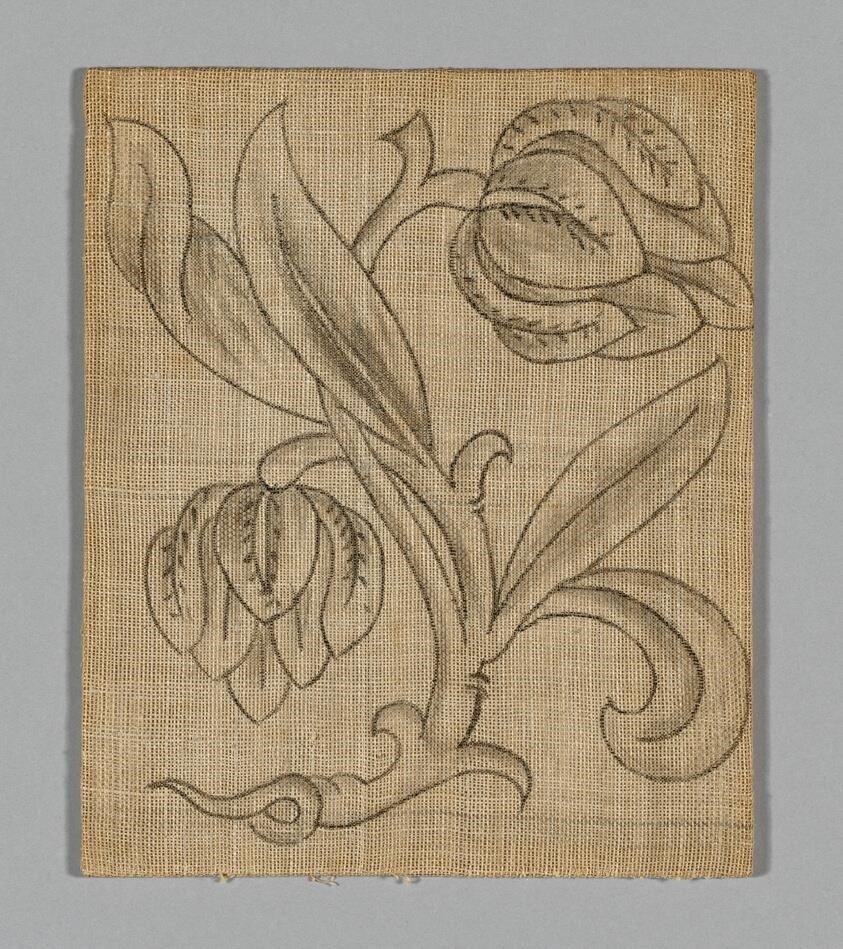
CPT Code 47000⁚ Liver Biopsy
CPT code 47000 signifies a percutaneous needle liver biopsy. This procedure involves extracting a small liver tissue sample using a thin needle inserted through the skin. It’s a common diagnostic tool for evaluating liver conditions, and often utilizes imaging guidance.
Percutaneous Needle Biopsy
A percutaneous needle liver biopsy, as indicated by CPT code 47000, is a minimally invasive procedure used to obtain a tissue sample from the liver for diagnostic purposes. The procedure involves inserting a thin needle through the skin and into the liver, guided by imaging techniques such as ultrasound or CT scans to precisely target the area of interest. The needle is then used to extract a small core or sample of liver tissue. This sample is then sent to a pathology laboratory for microscopic examination to help diagnose various liver diseases, including cirrhosis, hepatitis, cancer, and other conditions. The precision of the needle placement is crucial to minimize the risk of complications and to ensure the quality of the tissue sample obtained. The entire procedure is typically performed under close monitoring by medical professionals to ensure patient safety and comfort.
Use of Code 47000
CPT code 47000 is specifically used for reporting a percutaneous needle biopsy of the liver when performed without the use of image guidance, such as fluoroscopy or ultrasound. However, the use of image guidance is common and doesn’t alter the use of 47000 itself; separate codes exist to bill for the image guidance service. The code encompasses the entire procedure, from the initial skin puncture to the retrieval of the tissue sample. Accurate documentation is key for appropriate billing. The report should clearly state the method of biopsy, the number of samples obtained, and any complications encountered. This detailed documentation ensures proper reimbursement and facilitates communication between healthcare providers. The use of code 47000 signifies a standard needle liver biopsy procedure, whether a single or multiple samples are taken. Understanding its application ensures accurate coding practices and appropriate payment for this important diagnostic test.
Differentiating 47000 from 47001
While both CPT codes 47000 and 47001 relate to liver biopsies performed using a needle, a key distinction lies in their application. Code 47000 is used when the liver biopsy is the primary procedure, performed independently or as a standalone diagnostic test. In contrast, code 47001 is an add-on code specifically for a liver biopsy performed during another major surgical procedure. It’s crucial to remember that 47001 should only be reported in addition to the code for the primary procedure and is not used independently. The decision to use 47000 or 47001 hinges on whether the liver biopsy is the main reason for the procedure or an additional component performed concurrently with a more extensive surgical intervention. Misusing these codes could lead to inaccurate billing and potential reimbursement issues. Therefore, careful consideration of the procedural context is paramount for appropriate code selection. This precise differentiation ensures compliance with coding guidelines and facilitates accurate financial processing.

CT Guidance for Liver Biopsy
Computed tomography (CT) guidance significantly enhances the precision of liver biopsies. CT scans provide real-time imaging, allowing for accurate needle placement and minimizing the risk of complications. This image-guided approach is frequently used in conjunction with CPT code 47000.
CPT Code 77012
CPT code 77012 specifically covers the professional component of computed tomography (CT) guidance during a procedure. This code is crucial when a CT scanner is used to guide the placement of a needle for a biopsy, aspiration, or other interventional procedure. It’s not the code for the biopsy itself, but rather the radiological guidance provided. The physician uses the CT images to precisely target the area of interest within the liver. Accurate needle placement is paramount to obtain a representative tissue sample for diagnosis while minimizing the risk of complications such as bleeding or pneumothorax. The interpretation of the CT images and guidance are billed separately. The use of 77012 necessitates a separate code for the liver biopsy itself (such as 47000 or 47001), reflecting the distinct nature of the imaging guidance and the biopsy procedure. Billing guidelines for this combined service should be carefully reviewed to ensure accurate and compliant coding practices. Correct coding is essential for appropriate reimbursement and reflects the physician’s expertise in both image-guidance and biopsy techniques. This precise targeting, enabled by 77012, improves diagnostic accuracy and patient safety.
Image-Guided Procedures
Image-guided procedures, such as CT-guided liver biopsies, significantly enhance the precision and safety of interventions. Utilizing real-time imaging (like CT scans), physicians can visualize the liver’s internal structures, precisely targeting lesions for biopsy. This minimally invasive approach reduces the risk of complications compared to open surgical procedures. The images provide continuous feedback during needle insertion, allowing for adjustments to optimize needle placement and sample acquisition. This is especially crucial for lesions located deep within the liver or near vital structures. The accuracy of image guidance translates to improved diagnostic yield, as the biopsy samples are more likely to be representative of the target area. Furthermore, the reduced invasiveness means shorter procedure times, less post-operative pain, and faster recovery for patients. Different imaging modalities (CT, ultrasound) may be employed, depending on the specific needs and capabilities available. The choice of imaging modality impacts the coding, with different CPT codes representing the guidance provided by each technique (e.g., 77012 for CT guidance). The overall improvement in diagnostic accuracy and patient outcomes makes image-guided procedures a valuable advancement in liver biopsy techniques.
Additional Lesions and Billing
When multiple lesions require biopsy during a single session, accurate coding becomes crucial. The approach to billing depends on the type of biopsy and the imaging guidance used. For instance, if a CT-guided biopsy targets several distinct lesions, separate codes might be necessary for each lesion biopsied, reflecting the increased complexity and time involved. Consult the specific CPT code guidelines for detailed instructions on billing for additional lesions. In some cases, an add-on code might apply, representing the extra work related to each additional lesion. This approach recognizes the incremental effort and resources required for each additional sample obtained. Accurate documentation is essential to support the billing, including the number of lesions biopsied, the location of each lesion, and the methods used for targeting and sampling. Always ensure that the documentation explicitly details each separate biopsy and its corresponding location, as this information is essential for justifying the use of multiple codes. Failure to accurately document and code multiple lesions may lead to underpayment or claim denials. Therefore, precise record-keeping is vital for ensuring appropriate reimbursement. Referring to official coding guidelines and seeking expert advice when necessary are highly recommended for handling situations involving multiple lesions.

Laparoscopic Liver Biopsy Coding
Laparoscopic liver biopsy coding presents unique challenges due to the lack of a specific CPT code. The most appropriate code selection often involves using unlisted codes, requiring detailed documentation to justify the choice.
Challenges in Coding
Accurate coding for liver biopsies, especially those guided by imaging, presents several complexities. The choice between CPT codes 47000 and 47001 hinges on whether the biopsy is performed as a primary procedure or incidentally during another major operation. The addition of image guidance, such as CT (CPT 77012) or ultrasound (CPT 76942), further complicates coding, requiring careful documentation of the type and extent of guidance used. Modifiers may be necessary to indicate the use of image guidance or when multiple procedures are performed during a single session. The absence of a specific CPT code for laparoscopic liver biopsies necessitates the use of unlisted codes (e.g., 47379), demanding detailed documentation to support medical necessity and justify the billing.
Furthermore, bundling and unbundling issues may arise, requiring precise understanding of inclusive and separately billable components. Incorrect coding can lead to claim denials or reimbursement disputes. Staying current with CPT code updates and payer-specific guidelines is crucial to mitigate these challenges and ensure accurate and compliant billing practices. Consultations with coding experts or medical billing specialists are recommended to address specific coding ambiguities or complex scenarios.
Appropriate Code Selection
Selecting the correct CPT code for a laparoscopic liver biopsy requires careful consideration of the procedural details. The absence of a specific CPT code for this procedure necessitates the use of unlisted codes, typically 47379, which requires comprehensive documentation justifying the medical necessity and the unique aspects of the procedure. This documentation should include a detailed description of the laparoscopic approach, the number of biopsies performed, and any associated complications or additional procedures. Accurate reporting necessitates a clear understanding of the differences between open and laparoscopic techniques and their respective coding implications. Incorrect code selection can result in claim denials or underpayment, highlighting the importance of meticulous documentation and adherence to coding guidelines.
When image guidance is employed (CT or ultrasound), the appropriate guidance code (77012 for CT or 76942 for ultrasound) must be included. The correct selection depends on the type of imaging utilized and whether the guidance was integral to the biopsy’s success. Furthermore, the documentation must explicitly describe the role of imaging in the procedure. If multiple lesions are biopsied, additional codes might apply based on payer guidelines and procedure specifics. Consulting coding resources and seeking advice from coding experts can ensure accurate code assignment and prevent coding errors.